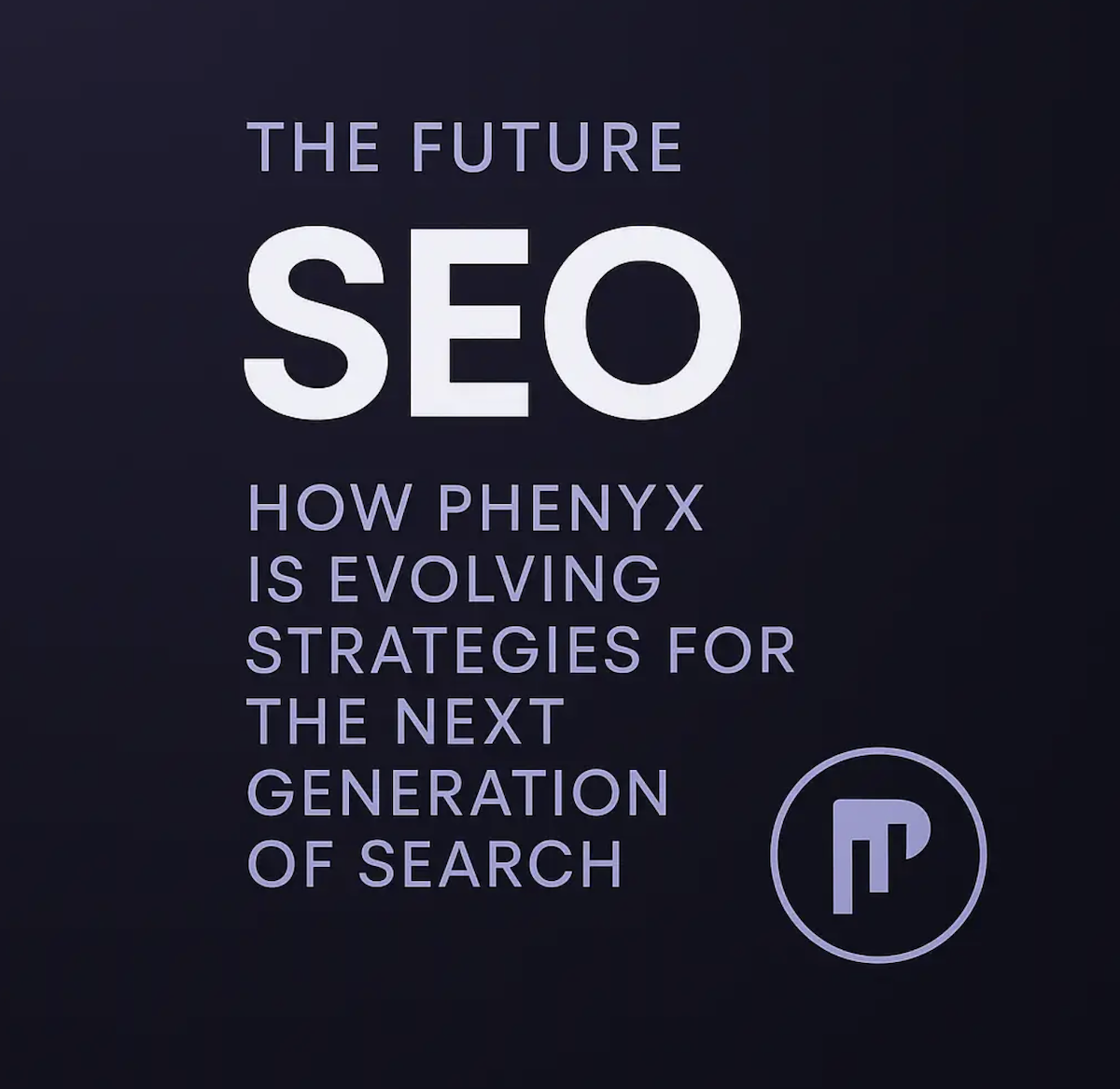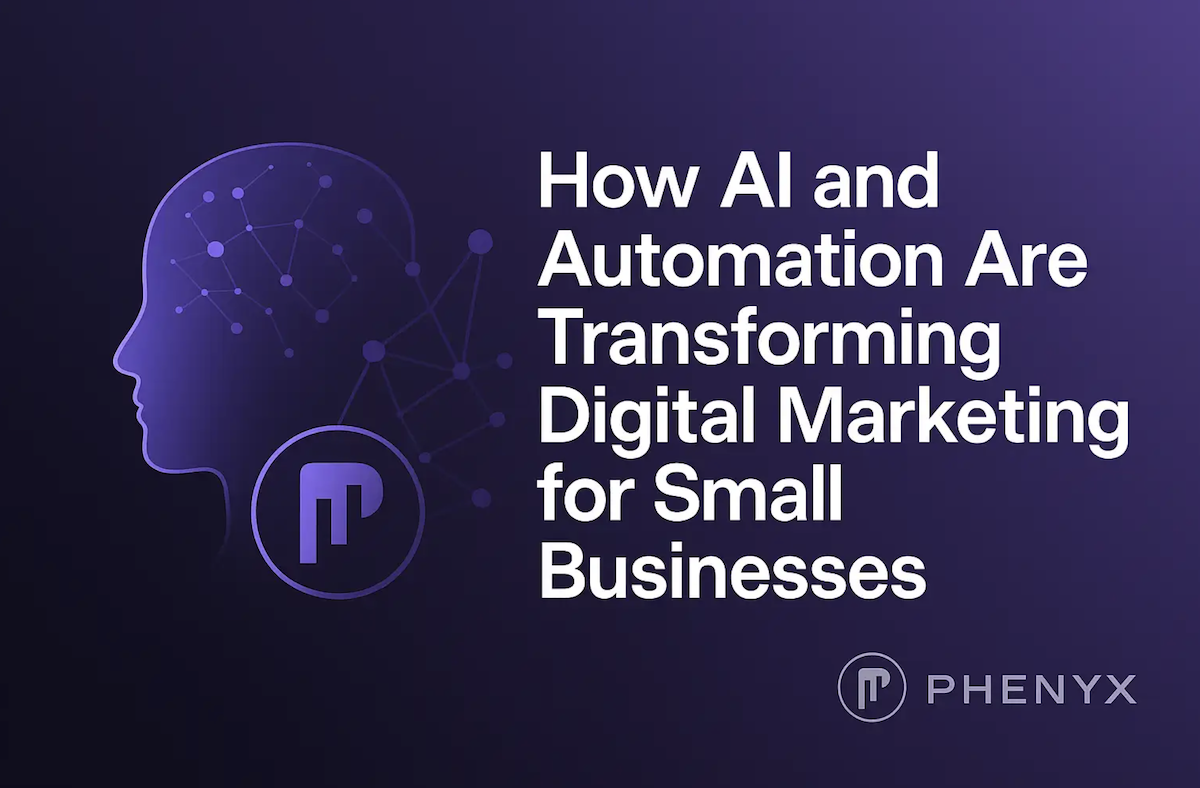In today's digital age, paid advertising plays a crucial role in driving targeted traffic, generating leads, and maximizing ROI for businesses. When it comes to paid ads, Meta (formerly Facebook) and Google are two of the most prominent platforms offering powerful advertising solutions. This blog explores the key differences between Meta Ads and Google Ads, as well as the unique benefits each platform provides to marketers.
Introduction: The Power of Paid Advertising

Paid advertising has evolved significantly, offering businesses precise targeting capabilities and measurable results. Meta and Google Ads are leading platforms that enable marketers to reach their target audiences effectively through paid search, display, and social media advertising campaigns.
Meta Ads: Harnessing the Power of Social Media Advertising
Meta Ads, previously known as Facebook Ads, dominate the social media advertising landscape. With over 2.8 billion monthly active users, Meta provides unparalleled audience reach and engagement opportunities. Marketers can create highly targeted ad campaigns based on user demographics, interests, behaviors, and connections.
Key Features of Meta Ads:
- Audience Targeting: Leverage detailed user profiles to target specific demographics, interests, and behaviors.
- Ad Formats: Choose from various ad formats including image ads, video ads, carousel ads, and dynamic ads tailored to different campaign objectives.
- Engagement and Interaction: Encourage likes, shares, comments, and direct interactions with your brand through ad campaigns.
- Remarketing: Retarget website visitors, app users, and engaged audiences with personalized ads to drive conversions.
Google Ads: Maximizing Reach with Search and Display Advertising
Google Ads is synonymous with search engine marketing (SEM) and display advertising across the Google network. With billions of searches conducted daily, Google Ads enables businesses to connect with potential customers actively searching for products or services. Additionally, Google's display network extends reach through contextual targeting on millions of websites and mobile apps.
Key Features of Google Ads:
- Keyword Targeting: Bid on relevant keywords to appear in search results, ensuring ads are displayed to users actively seeking specific products or services.
- Ad Formats: Utilize text ads, image ads, responsive ads, and video ads across search, display, and YouTube networks.
- Remarketing: Reach users who have previously interacted with your website or app, encouraging them to complete conversions.
- Performance Tracking: Measure campaign performance with detailed analytics and conversion tracking to optimize ad spend and ROI.
Comparing Meta Ads vs. Google Ads:
- Audience Targeting: Meta Ads excel in leveraging social data for precise audience segmentation based on personal interests and behaviors. Google Ads utilize search intent and browsing history to target users actively seeking information or solutions.
- Ad Formats: Meta Ads offer engaging visual and interactive formats suited for social media platforms, while Google Ads provide diverse formats across search, display, and video networks to capture audience attention.
- Campaign Objectives: Meta Ads are ideal for brand awareness, engagement, and community building, whereas Google Ads are effective for direct response, lead generation, and driving website traffic.
- Cost and ROI: The cost per click (CPC) and cost per impression (CPM) can vary between Meta and Google Ads based on competition, audience targeting, and ad relevance. Both platforms offer robust analytics to measure ROI and optimize campaign performance.
Conclusion: Choosing the Right Platform for Your Advertising Goals
In conclusion, both Meta Ads and Google Ads offer distinct advantages for marketers looking to maximize their advertising efforts. Understanding the differences in audience targeting, ad formats, and campaign objectives is essential for selecting the right platform to achieve your marketing goals effectively.
Are you ready to launch impactful paid advertising campaigns on Meta or Google Ads? Contact PHENYX today to explore how our digital marketing experts can optimize your ad strategy and drive measurable results for your business.
FAQ
Q: What are the primary differences between Meta Ads and Google Ads?
A: Meta Ads focus on social media engagement and community building, whereas Google Ads excel in search intent targeting and display advertising across its network.
Q: Which platform is better for brand awareness?
A: Meta Ads are preferable for brand awareness campaigns due to their social engagement features and wide audience reach.
Q: How can I measure the success of my campaigns on Meta and Google Ads?
A: Both platforms offer robust analytics tools to track metrics like CPC, CPM, conversion rates, and ROI, allowing you to optimize campaign performance effectively.




.jpg)







%20(2).svg)
%20(1).svg)
